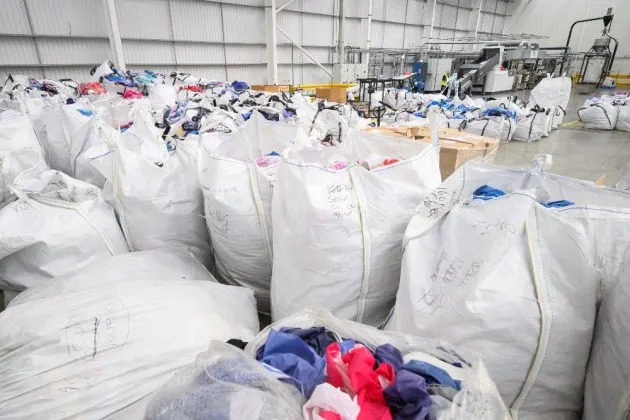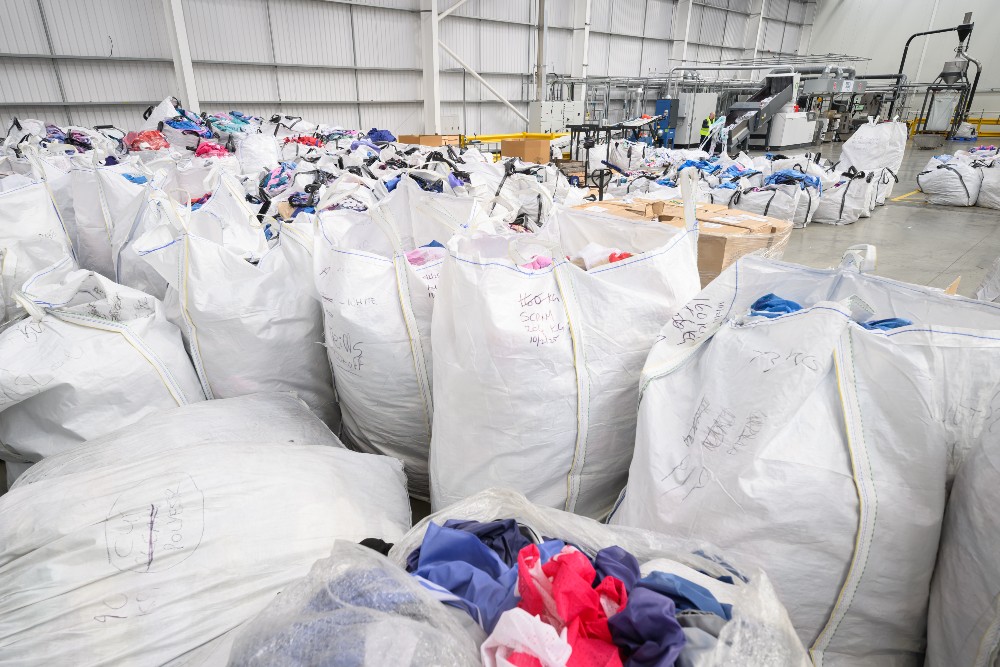
The European Union wants the public to weigh in on its Circular Economy Act. The proposed legislation—part of the EU’s Clean Industrial Deal—aims to make at least 24 percent of the region’s materials circular by 2030.
On Aug. 1, the European Commission announced it would launch a public consultation and call for evidence on the act, seeking input from stakeholders and the broader public to better understand potential bottlenecks and opportunities for the wider adoption of a circular economy. The Commission plans to finalize the proposed legislation in Q4 of 2026 before it heads into the EU’s legislative channels for approval.
More from Sourcing Journal
Should it be adopted, the Circular Economy Act would establish a single European market for secondary raw materials such as production waste and byproducts, while increasing the supply of high-quality recycled materials. The proposal aims to reduce waste while also lowering feedstock costs.
The Circular Economy Act also plays into the EU’s Competitive Compass, a mandate presented earlier this year to “set a path for Europe to become the place where future technologies, services and clean products are invented, manufactured and put on the market, while being the first continent to become climate-neutral.”
Export monitoring also could be a part of the Circular Economy Act’s impact. The Clean Industrial Deal said that the act could potentially include measures “to make recycling of critical raw materials waste within the Union more attractive than their export.” The European Parliament also requested that the Clean Industrial Deal include export monitoring to tackle secondary raw material supply imbalances and potentially explore export restrictions.
This echoes demands from recycling industry groups in Europe, which have asked for increased protections from the EU. Groups such as the European Recycling Industries’ Confederation have complained that the EU market is being flooded with imported virgin and recycled plastics from countries with less rigorous environmental and labor standards.
Last fall, the European Recycling Industries’ Confederation’s textiles arm and Municipal Waste Europe sounded the alarm that global disruptions such as the war in Ukraine and the rise of ultra-fast fashion have put the region on a path toward disaster in terms of textile waste. An overabundance of secondhand textiles paired with greater need (and higher prices) for sorting and processing have threatened the viability of textile recycling and circularity in Europe.
The two groups pointed to the Clean Industrial Deal and Circular Economy Act’s intentions to improve circularity, suggesting mandatory inclusion of a percentage of recycled textile content, preferably from post-consumer textiles, in all new textile products in the EU market.
Those interested in having their voices heard about the Circular Economy Act have until Nov. 6 to share their opinions via the Commission’s Have Your Say portal. The Commission will then compile feedback into a report following the submission period.
